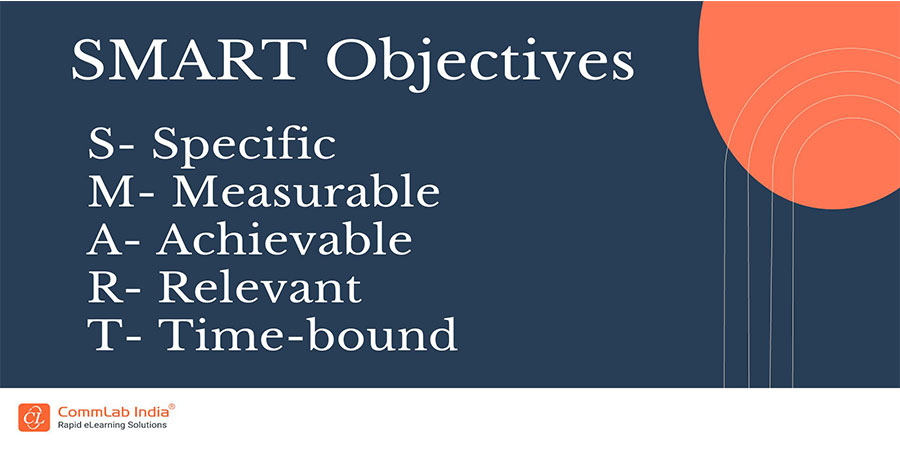How to Create a High-Impact Employee Training and Development Program?
Creating high-impact employee training and development programs is crucial in today’s competitive business world. Read on to know the steps.

In today's fast-paced and ever-changing world, the success of any organization hinges on its ability to adapt and innovate. And what's at the heart of this adaptability and innovation? Well, it's your employees. Investing in their growth and development through high-impact training programs is not just a good practice but an essential element for your company's survival and growth.
Featured Snippet: Create High-Impact Employee Training and Development Programs Now!
Here are the steps:
- Assess the need
- Understand the target audience
- Set clear learning objectives
- Choose right training method
- Customize your training
Continue reading to know the other steps.
The high-impact training courses not only keep your team engaged but also help your business thrive. In this blog, we'll understand the benefits of high-impact employee training and development programs and explore the steps to create such effective, result-driven training programs.
Keep your pen and paper handy. Let's dive in!
Steps to Create a High-Impact Employee Training and Development Program
Assess Training Needs
The first step in designing a successful training program is to assess your organization's training requirements. Identifying these needs will lay the foundation for your training program. You can start by identifying learning gaps, understanding the organizational goals, key skills required to achieve these goals, etc.
→ Download Now: Instructional Design Strategies to Design Engaging eLearning Courses
Understand the Target Audience
Knowing your learners well plays an integral role in creating high-impact employee training and development programs. It allows you to attend to their needs in a successful manner, thereby improving the training results.
Set Clear Objectives
Once you've identified the needs, it's time to set clear learning objectives. You can implement the SMART formula while defining the learning objectives.

Apart from the abovementioned aspects, make sure the objectives are aligned with your business goals. For instance, the objective of conducting employee training and development programs could be to improve customer service skills and increase customer satisfaction ratings by 30% within three months.
Choose Right Training Method
The right training method can make or break the impact of an employee training and development program. Based on the learning objectives and the target audience, you can opt for eLearning, classroom training, or blended learning.
Moreover, if your learners are mostly on-the-go and have busy work schedules, it's important to consider the accessibility and flexibility aspect as well. For such learners, you can leverage mobile learning, microlearning, etc. It will enable them to take up the training courses as per their convenience, thereby increasing the efficiency and impact.
Customize Your Training
Not all learners are the same! So providing them with the same kind of training doesn't really work in the best interest. To ensure high-impact, you should tailor your eLearning programs to meet the unique needs and learning styles of the learners.
You can try different approaches like eLearning, in-person training, or blended learning. In online learning, you can incorporate various kinds of interactivities and multimedia assets to cater to different kinds of learners and maximize effectiveness.
Check out the infographic below to know some common multimedia assets that can be used in online training modules.

Engage Your Employees
Learner engagement is the key to successful training programs. So make sure the learning process is enjoyable and interactive. You can use instructional design strategies like gamification, scenario-based learning, storytelling, etc. Furthermore, you can engage the learners by including case studies and real-life examples to make the training content more relatable. You can also involve the learners by encouraging questions and discussions that foster interaction and learning.
Provide Ongoing Support
Learning is an ongoing process. The formal training comes to an end but a learner continues to implement the acquired knowledge in different areas of their work and learn from it. At times, they might come across a problem in implementing the concept or any other aspect related to it.
In such cases, offering ongoing support and resources to reinforce learning is a great way to ensure high-impact employee training and development. This support can be in the form of access to online resources, follow-up workshops, or regular check-ins with mentors or supervisors.
Leverage Latest Technology
From ensuring accessibility to engagement to speed, there's no aspect of employee training and development that has been left untouched by technology. But learning how to use technology for maximum impact is crucial. You can leverage the latest tools and technology to create immersive, learner-centric training modules.
You can try Augmented Reality (AR) and Virtual Reality (VR) technologies to provide your learners with a hands-on training experience which improves their learning and retention outcome. Also, you can incorporate technology into your training programs to make them accessible and efficient. Learning management systems (LMS) are a great investment that help you track progress of your learners, provide content repository, and deliver content to employees wherever they are and whenever they need it.
Check out the video below to know the significance of learning management systems.
Measure and Evaluate
To ensure high-impact employee training and development programs, it is important to regularly assess the effectiveness of your training programs. You can do so by collecting feedback from learners and track performance improvements. Based on the analysis, you can modify the training content accordingly.
To Sum It Up!
Creating high-impact employee training and development programs is not just a checkbox on the L&D professional's to-do list. It's a strategic investment in the future of your employees and the organization. You can create high-impact programs by following the steps discussed in this blog and empower your employees to drive your company forward. Instructional design strategies lie at the heart of creating impactful, high-quality employee training and development programs. Check out the handy guide below!





